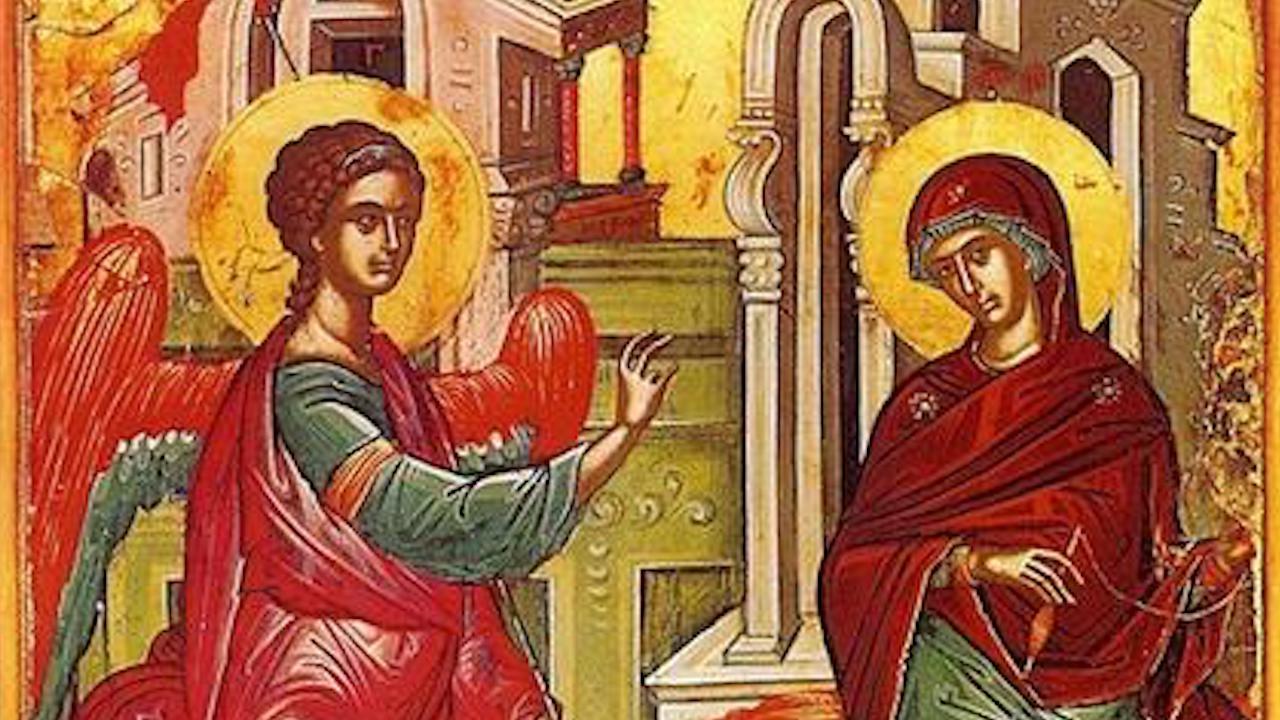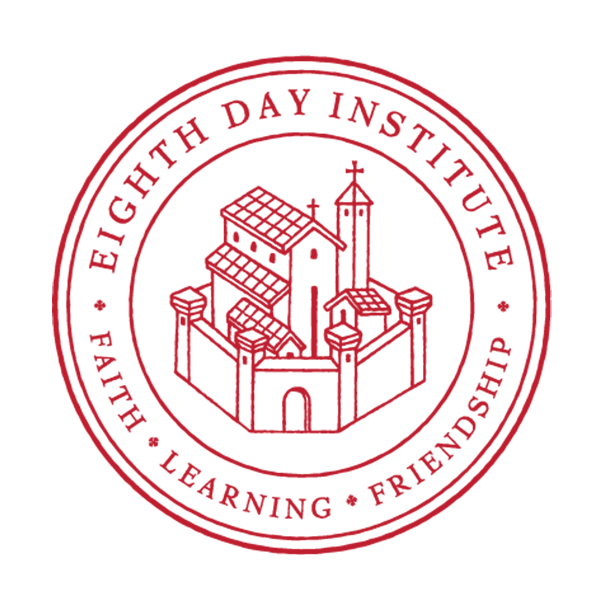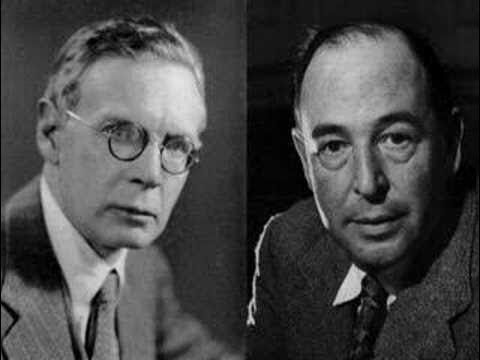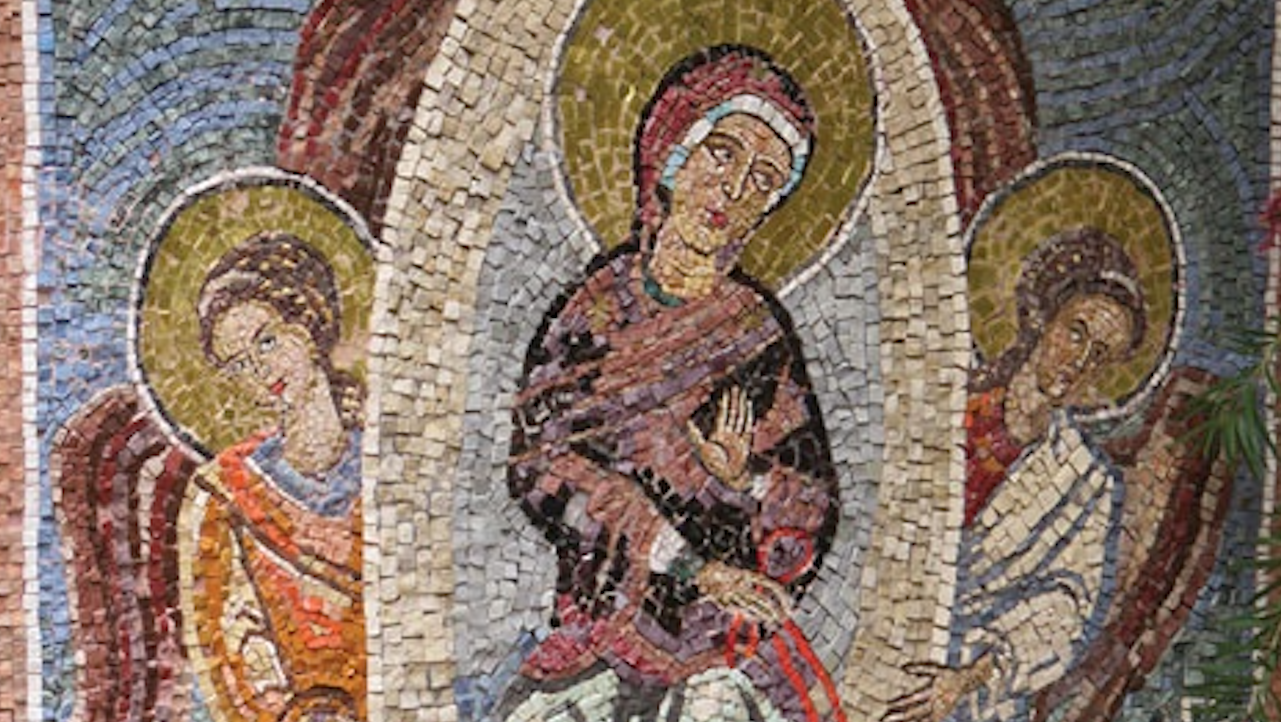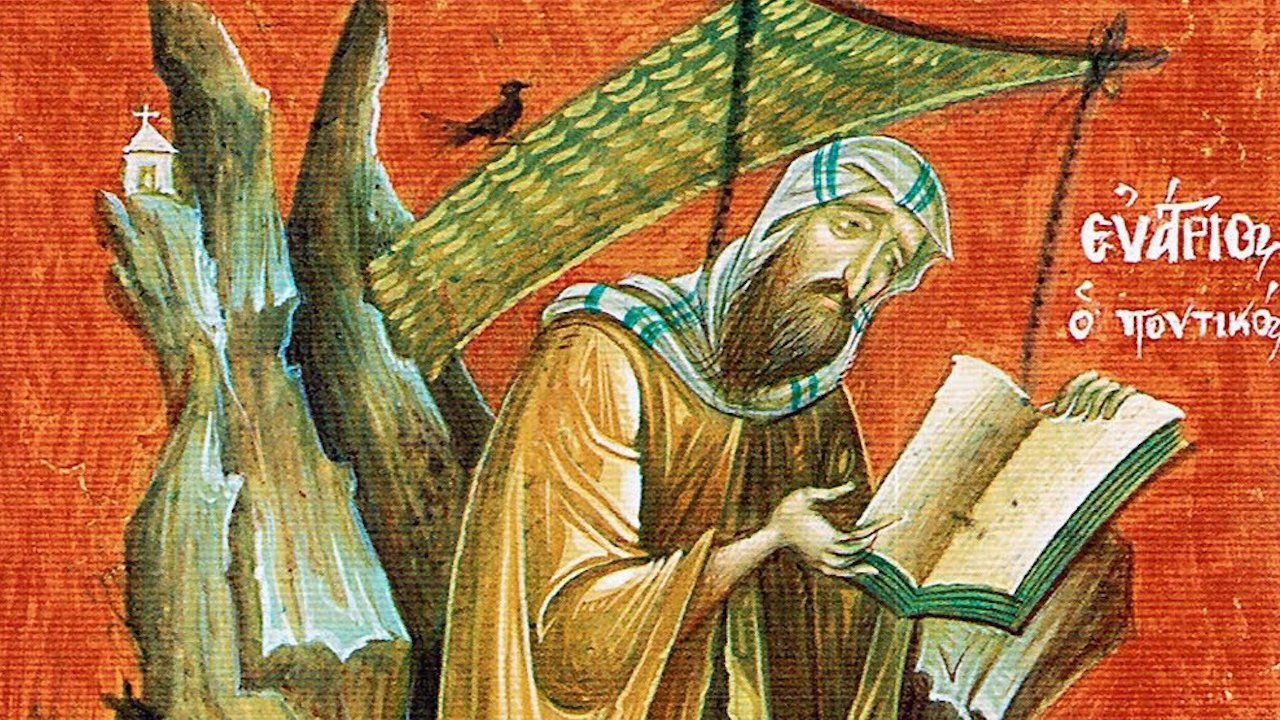1. The launch of this new daily blog / newsletter
was not insignificantly on the Feast of the Annunciation. This year, in the Orthodox tradition, this feast falls in the middle of Lent,
i.e., in the middle of the fourth week, which is known as the “Week of the Cross.” As Fr. Alexander Schmemann notes in his homily on “The Sunday of the Cross” (in his book
The Church Year: Celebration of Faith – Sermons, Volume 2), “Bringing out the cross in the middle of Lent is a reminder of the goal of our deeper and more intense religious life during Lent.” And so the celebration of the Annunciation in the middle of this “Week of the Cross” provides a moment of light and joy during these dark days and a pause of festivity from our forty days of “more intense religious life,” our forty days described by Schmemann as a “school for repentance” (see his book
Great Lent: Journey to Pascha).
2. Fr. Maximos Constans
(Athonite monk, St. Maximus the Confessor scholar, and in my opinion, one of the most important living Orthodox theologians) has written about the Annunciation in various places. In his book The Art of Seeing, he boldly asserts: “The Annunciation is the central mystery of the Christian faith and the foundation and justification for the making of icons, for it was through the angel Gabriel’s conversation with Mary that the invisible God ‘became flesh and dwelt among us’ (Jn. 1:14).” Later in the same chapter (“Veil of Flesh, Well of Living Water”: The Paradoxes of the Annunciation), Constas further discusses the relationship between icons and the incarnation:
Byzantine defenders of icons affirmed that Christ’s depictability, that is, his susceptibility to depiction (which they call “circumscription”), was a necessary corollary of his embodiment, a kind of birth, but also a kind of death, for it is the kenosis of a spiritual logos into objective, material form. In assuming the “form of the slave,” the formless, invisible God consents to circumspcription within time and space, to live in a world of shared objectification. To consent to have a body means to be framed by the narrow edges of the manger, confined to the lap of the mother, fixed to the arms of the cross, and figured in a work of art.
[…] In surrendering His body to wounding and His image to depiction in art, God makes visible the nature of His kenotic engagement with the world. God in pain and God in art carry the emphatic assurance of His real presence among us; they are an amplification of that presence, making God more human, and His human form more immediately apprehensible.
3. Constas also reflects on the Annunciation
in the
Annual Report of the Friends of Mt. Athos (2012): “Theophanes the Cretan and the Iconography of the Annunciation.” He focuses on two icons of the Annunciation by Theophanes (16th cent.) from the monastery of Stavronikita on Mt. Athos, arguing that “when the symbolism is properly understood, both of these icons identify the conception of Christ with His death on the cross, so that Incarnation and Passion are united on a single seamless continuum.”
Read the whole article here.
4. One more note on the Annunciation, or more specifically the date of the Annunciation: March 25. Jeff Reimer, my friend and colleague in the New Moot, celebrates his birthday every year on March 25. And this year
his reflections on turning 39 were published by Comment, a journal that focuses on “public theology for the common good.” It is a fantastic essay, one of the very best I’ve read in a while. Seriously. And it couldn’t come at a better time as pandemics tend to provoke reflection on death, for as Reimer notes,
birthdays and death are deeply related in the Christian tradition:
In the Latin of Western Christendom the term we would translate as birthday is
dies natalis, literally “day of birth.” It referred, however, not to one’s biological birth but to death, particularly a saint’s entrance into eternal life in heaven, especially upon martyrdom. The day of the child’s physical birth, then, was associated with the saint on whose day he was born, and the naming of the child after the saint provided a model for the child’s life. One’s life at birth was therefore already bound up with death, which was not the end of life, but its true beginning.
Reimer goes on to note the various liturgical associations with the date of March 25: the Annunciation, which falls exactly nine months before December 25, the Crucifixion, and the creation of the world. And he concludes that the
coincidence of all these major days on March 25 makes a certain theological sense, symbolically if not historically. Creation, re-creation, and redemption all occur in a cyclical simultaneity, all three events knit together in time by the pure act of the eternal God. The world is created ex nihilo as the gratuitous overflow of the love of the Triune God; the world is re-created in the Virgin’s womb as an embryo, the God-man Jesus of Nazareth, the Messiah, the hope of Israel, who in his birth, growth, life, and death recapitulates in himself the drama of humanity itself; and the world is redeemed when the God-man, out of compassionate love for the resplendent, fractious species he has created in his own transcendent image, makes himself the fulcrum of the lever of his own just judgment, both judge and judged, the victim of death and its executioner—all of these things consequent upon the fissiparous mutability of God’s humbler creatures glancing off the keen edge of divine simplicity. All of it occurs on March 25. For my birthday I get the economy of salvation. Happy birthday to me.
That’s just a tiny taste. Reimer also weaves in Dante’s journey to the afterlife and Tolkien’s Ring that was destroyed in Mt. Doom, both of which are associated with March 25, as well as Flannery O’Connor, Dietrich Bonhoeffer, George Herbert, and Blaise Pascal, who all “died well” in their 39th year. If there is one thing you read this week, read this essay in its entirety!
5. If you don’t read Reimer’s piece
– shame on you – you should at least read the poem “Death” by George Herbert, which is included in Reimer’s essay. Read it here.
And memorize it! God knows we need to strengthen our memory muscles.
7. Today the liturgical calendar celebrates the Synaxis of the Archangel Gabriel, also not insignificant since today's post provides the first full-length issue of the Daily Synaxis. We know the Archangel Gabriel for his announcement of the incarnation to the Theotokos, but this was only one of at least three other annunciations: the coming fate of the Hebrew people to the Prophet Daniel (cf. Dan. 8:16, 9:21-24), the coming birth of the Theotokos to her mother the Holy Righteous Anna, and the coming birth of St. John the Baptist and Forerunner to his father the priest Zechariah. Here’s a short but wonderful reflection on the Archangel Gabriel
by Rev. Fr. Christopher Stamas; it also explains why today's feast is called a synaxis.
The birthday of Cyprian, the martyr, is well known throughout all Africa. May the Holy Spirit teach us in this hour what is proper for us to say. For we are about to say something in praise of Cyprian, a most glorious martyr, whose birthday, as you know, we are celebrating today. The Church customarily so uses this term, that is, birthdays, that it calls the most precious deaths of the martyrs their birthdays. […] The actual day of his birth we do not know; and because this is the day on which he died, this is the day on which we celebrate his birthday. The day of his birth, however, we should not celebrate even though we knew it. For on that day he contracted original sin; but on this day he overcame all sin. On that day he came forth from his mother’s womb into this dark world which lures the eyes of the flesh; but on this day from the hidden bosom of nature he went into that light which happily and blessedly enlightens the view of the mind.
*If you'd like to receive the Daily Synaxis
in your inbox Mon-Fri, you can subscribe here.
**All books (and icons) in print available from Eighth Day Books.
Please support an independent bookstore that believes in the eighth day resurrection of our God and Lord and Savior Jesus Christ! Give them a call at 1.800.841.2541 or visit there website here. And don't forget Eighth Day Members
(Patrons+) receive 10% discount, plus lots of other perks! 